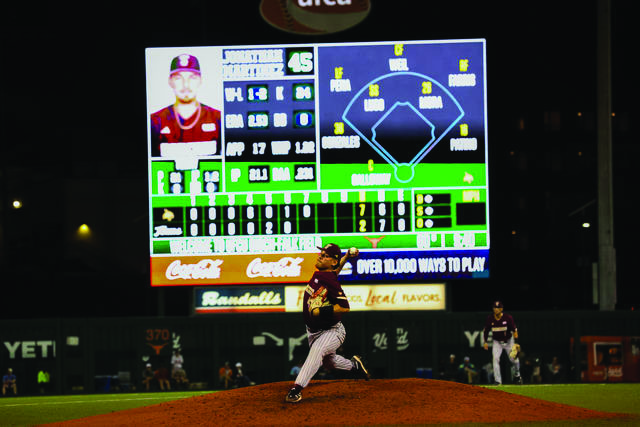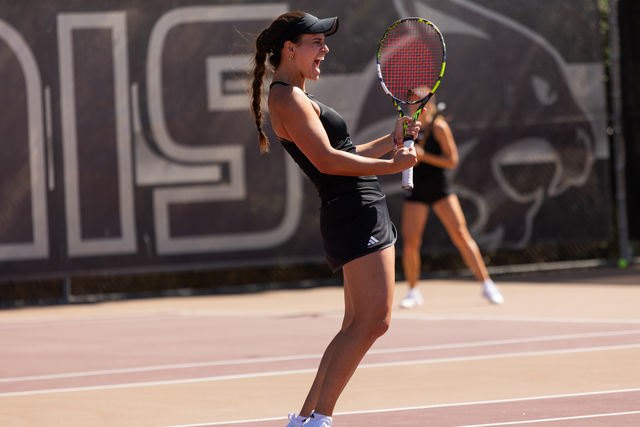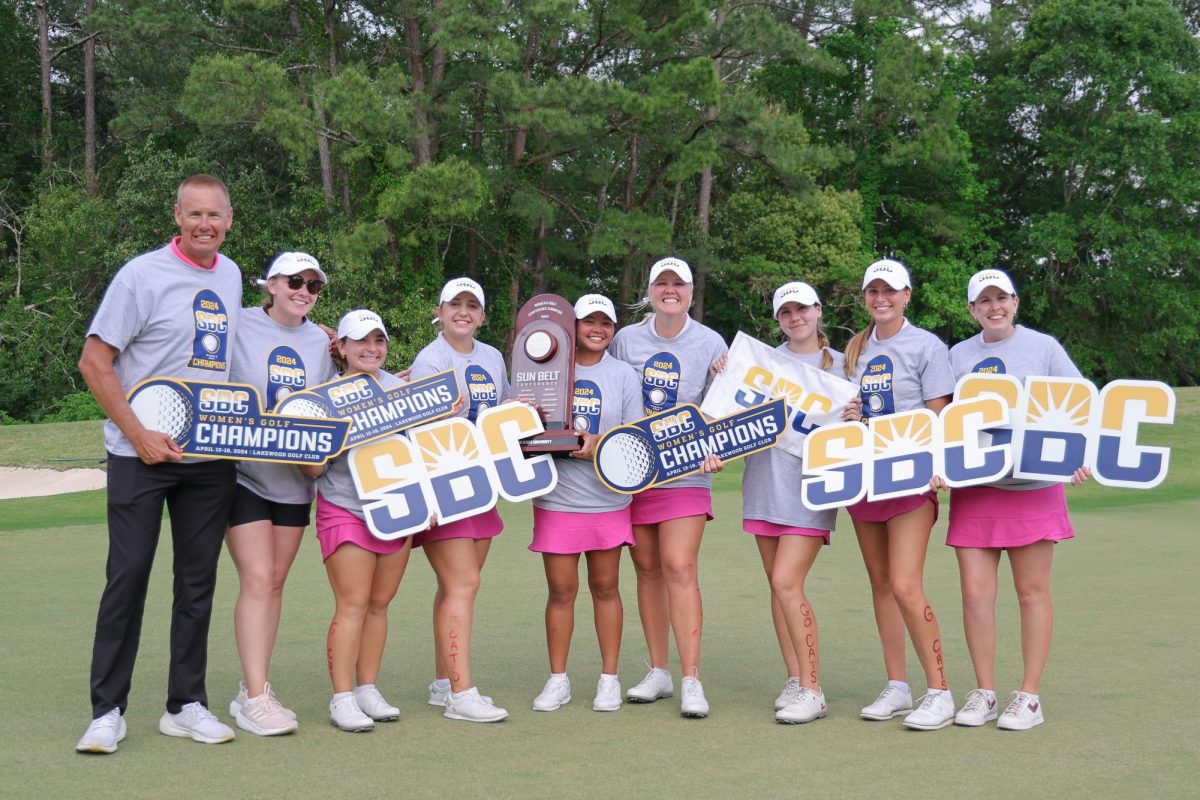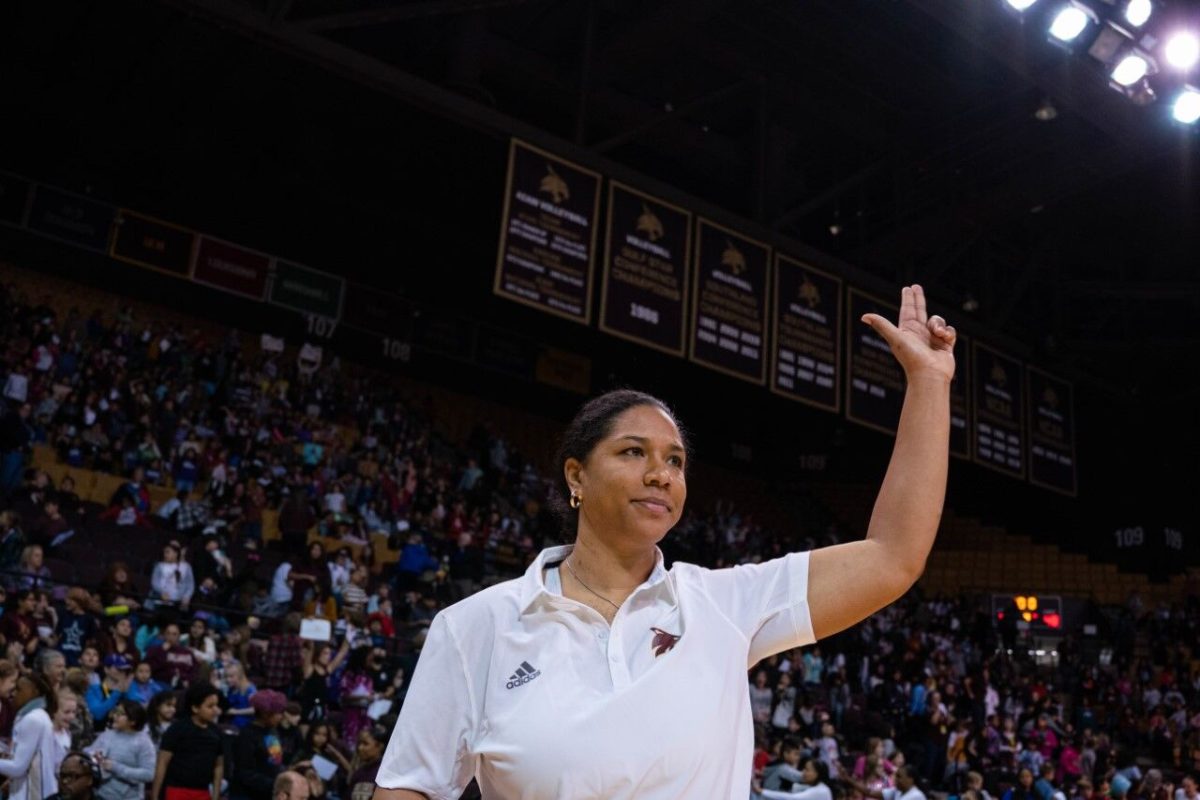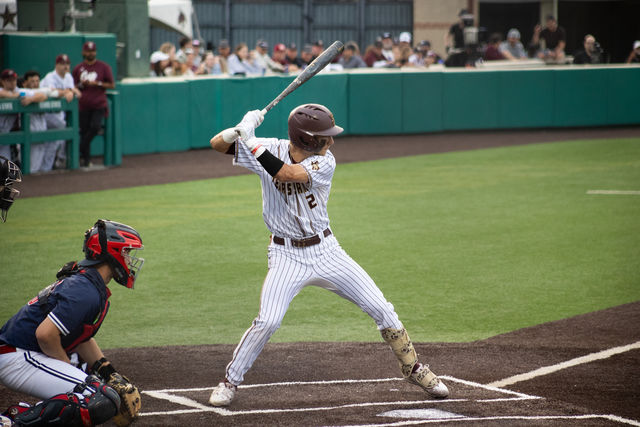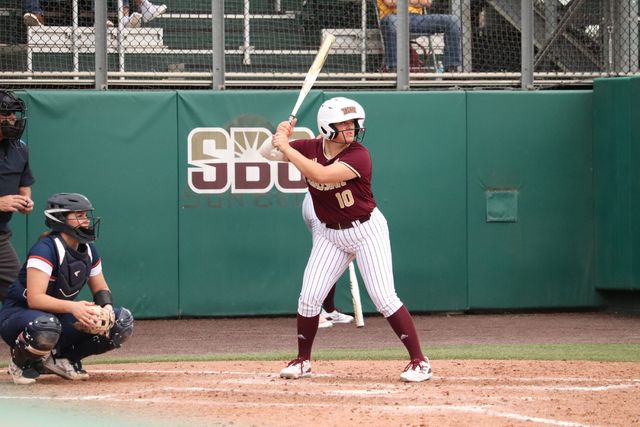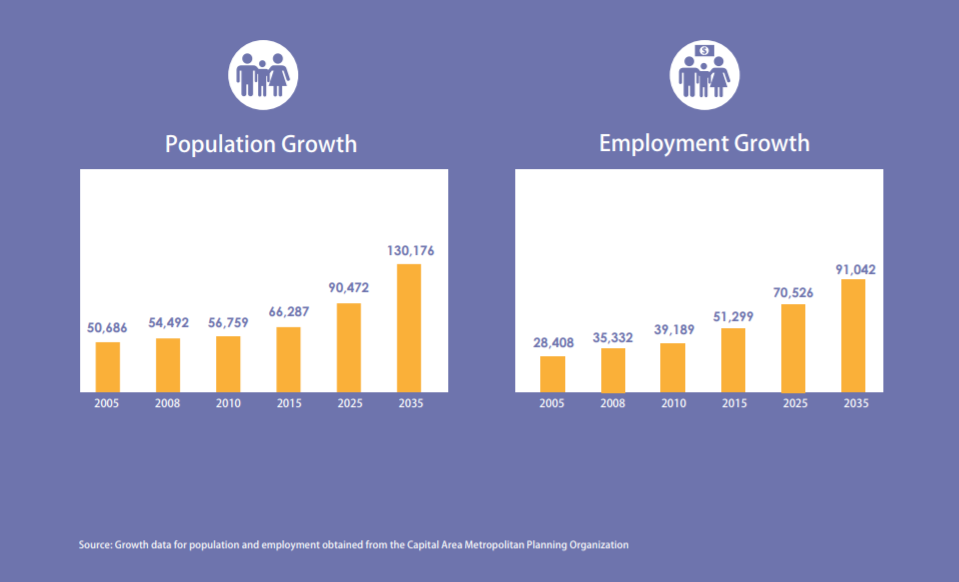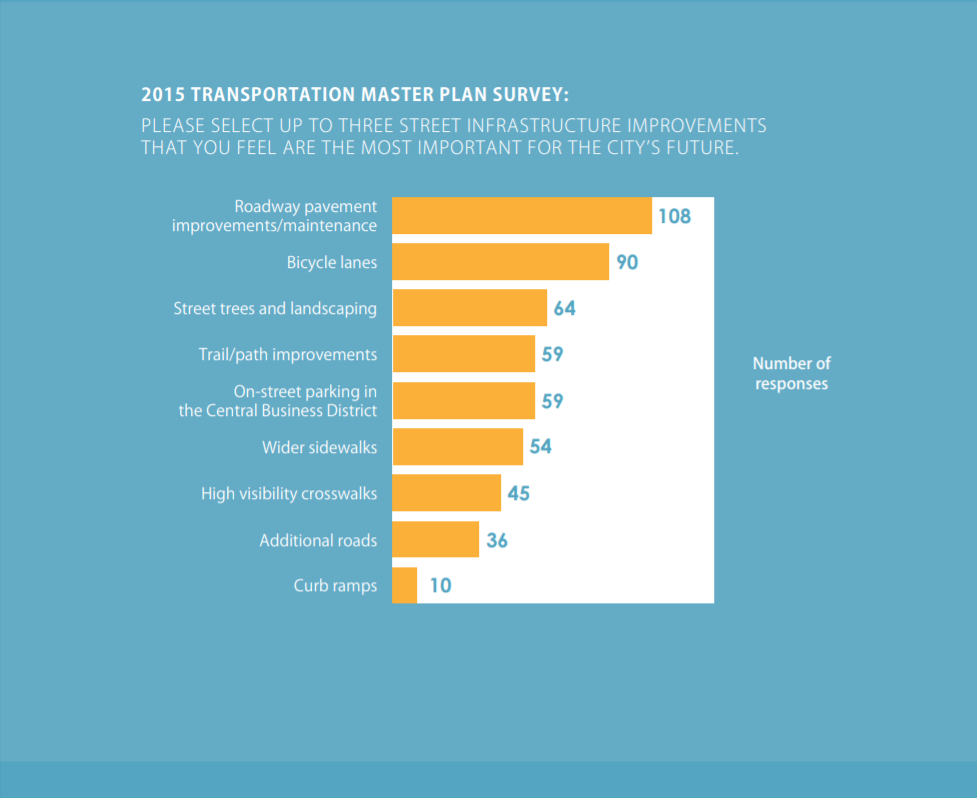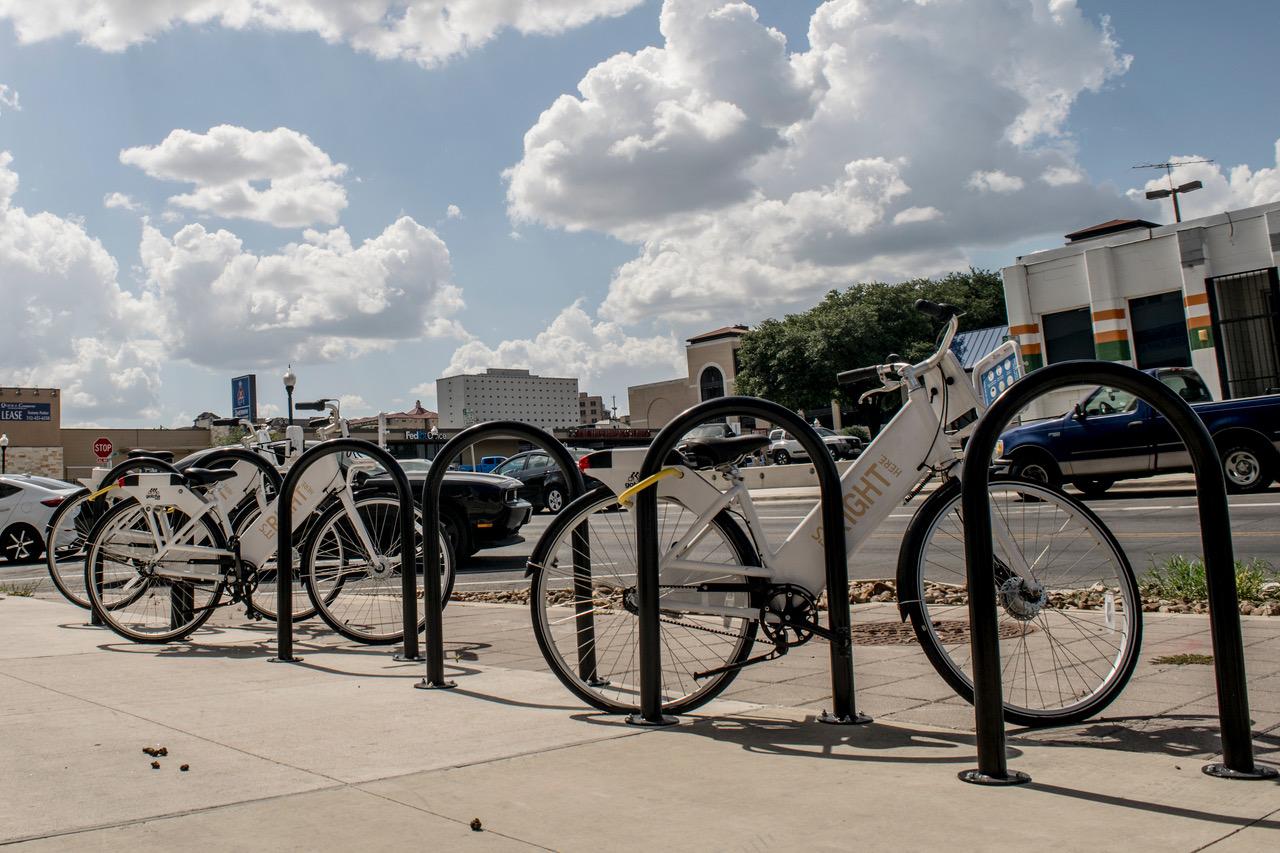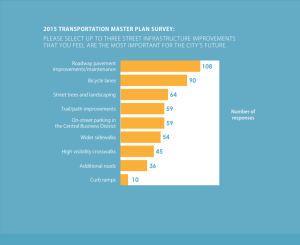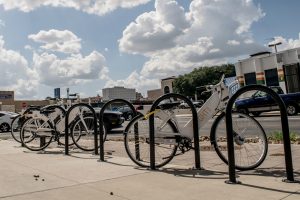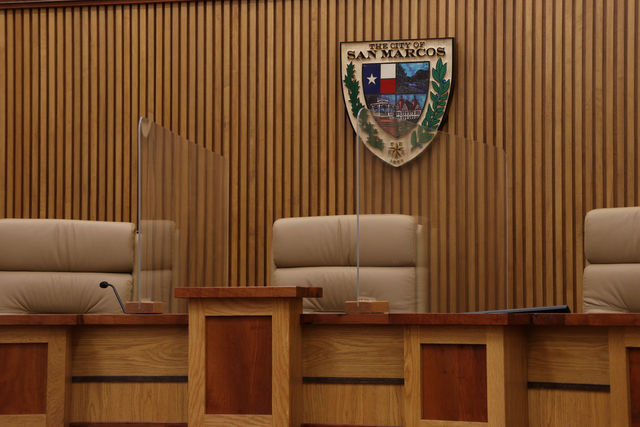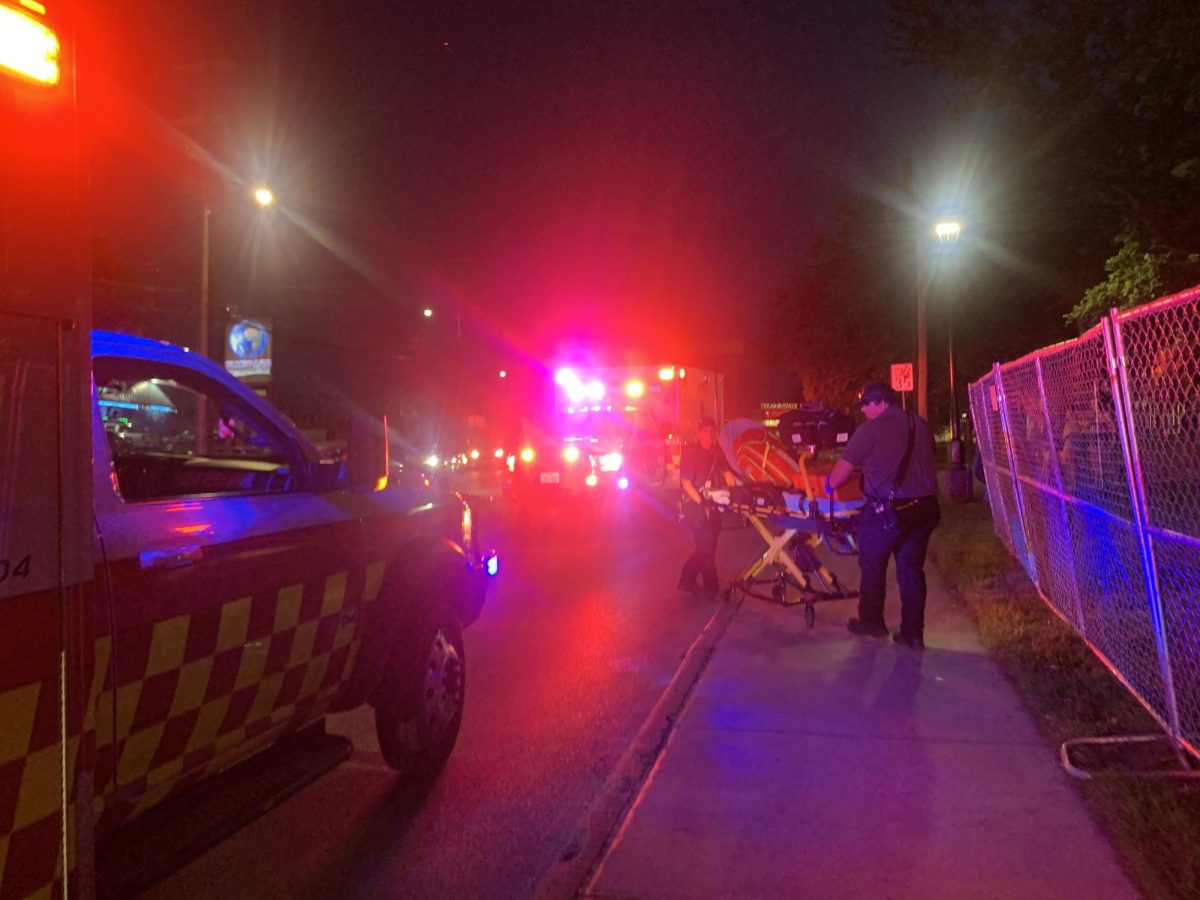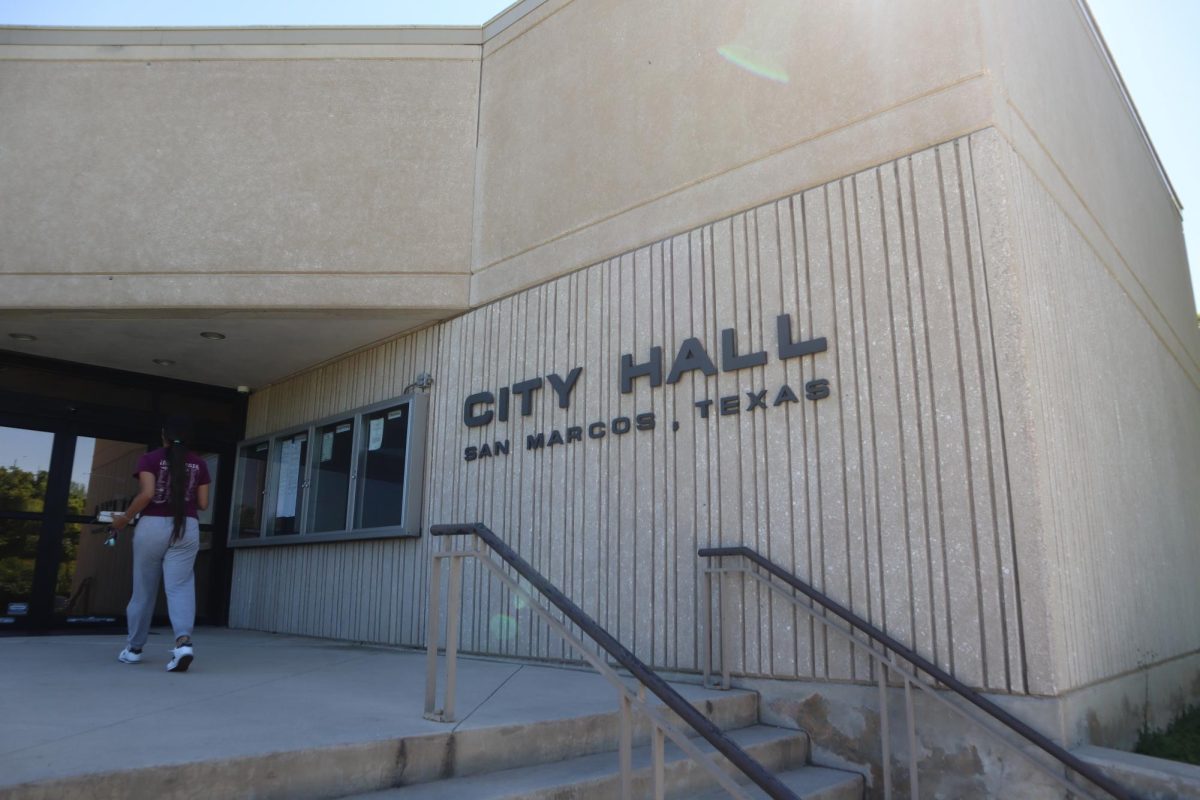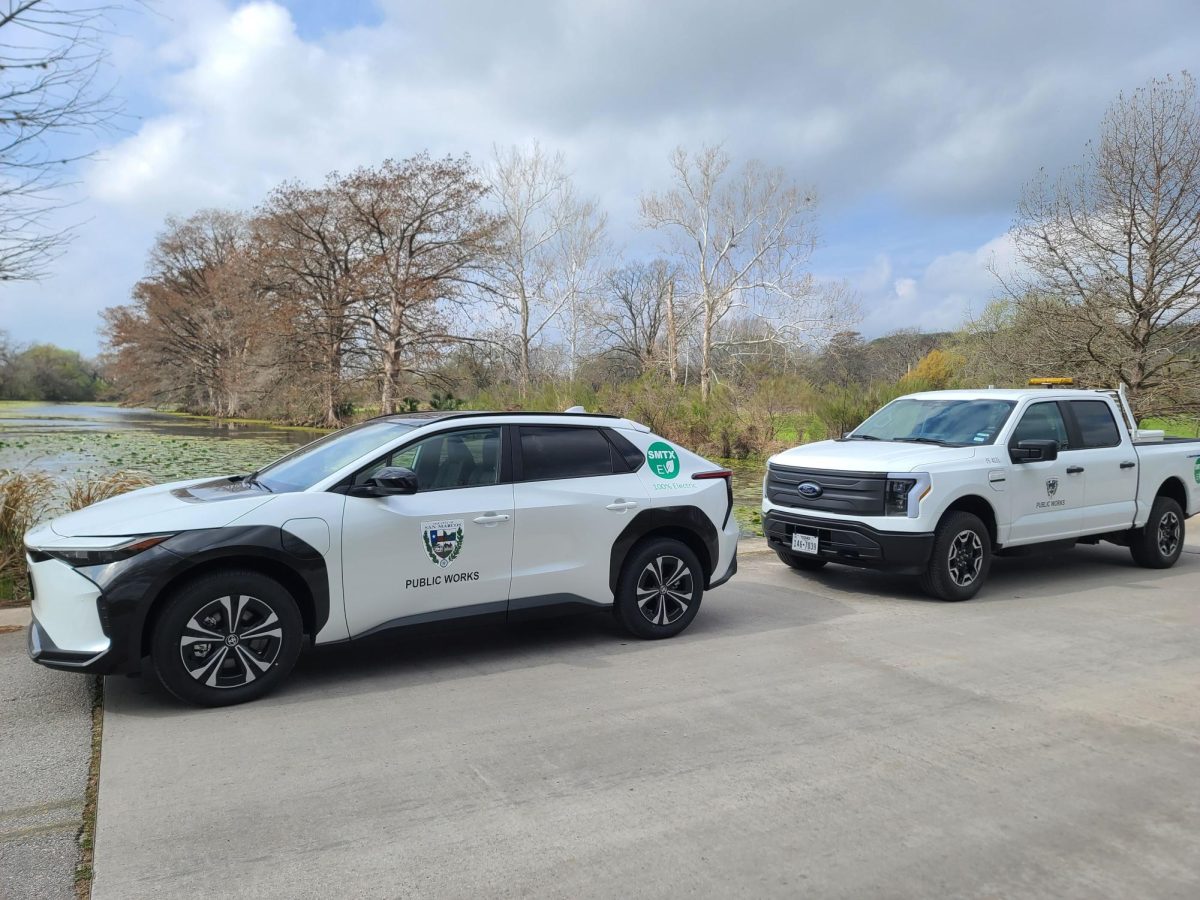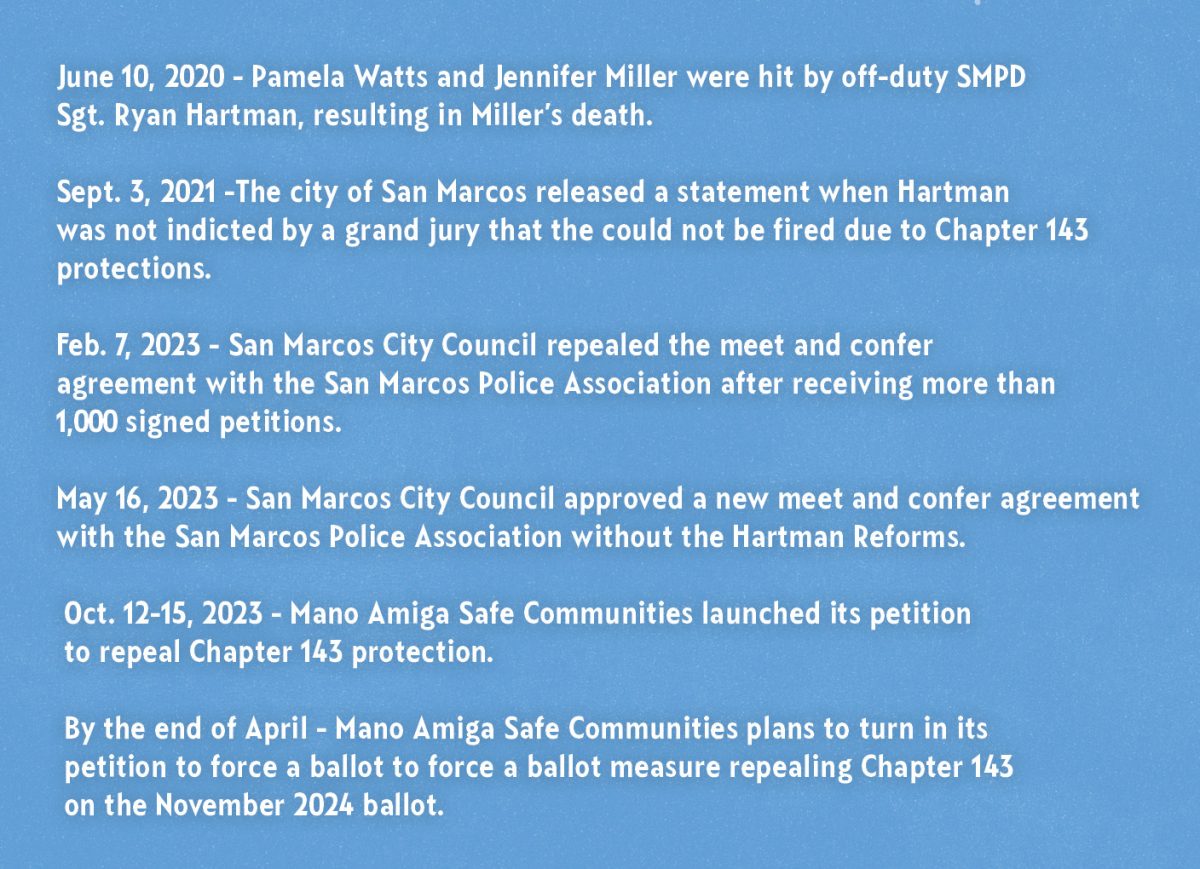With the rise of alternative transportation like Uber or bicycling, San Marcos has developed a master plan to modernize the way residents travel.
The initial Transportation Master Plan was proposed back in 2004. In 2014, an updated version of the plan was drafted and is currently being finalized. The purpose of the plan is to achieve a more comprehensive and integrated transportation network that is multi-modal, compact and sustainable.
Rohit Vij, senior engineer for the City of San Marcos, worked on the updated master plan and said it was necessary because of the rapid innovation in transportation.
“Traffic has increased and there are more types of facilities coming along,” Vij said. “We try to update our master plan every five years but it’s not possible all the time. The initial plan only focused on road networks but this time, we also included a bike network, a transit vision, the Greenways and street cross-sections.”
Another reason for more alternative transport methods comes from San Marcos’ population growth, which has increased 31 percent over the last fifteen years. The city was ranked as one of the fastest growing in the U.S. by the Census Bureau.
Although a majority of individuals travel by car, 5.3 percent of the San Marcos workforce walked or used a bicycle to get to work or school, according to the Comprehensive Plan.
San Marcos’ population is predicted to reach 90,500 by 2025 and 130,200 by 2035, for a total 96 percent increase since 2015, according to the Capital Area Metropolitan Planning Organization.
Doise Miers, community outreach manager, said it is important to update infrastructure to keep in line with the population.
“Population growth in the six-county CAMPO region is expected to dramatically grow in the coming decades as it has for some time,” Miers said. “With this growth, there will be a need for additional transportation and infrastructure.”
Vij hopes the creation of two more physical plans – the bicycle lanes and the greenways and trails plan – will allow more people to reduce their use of automobiles in favor of more active modes.
“The old master plan is heavily favorable for cars,” Vij said. “With the new one, we are including cross-sections, bike lanes and sidewalks.”
The master plan has three different time frames based on project prioritization. The short-term projects, expected to be completed in the next 10 years, will have a budget of $550 million. The mid-term projects to be completed within the next 10-20 years have a budget of $1.9 billion. The long-term projects are set to be done in the next 20 or so years with a budget of $4.1 billion.
“Our main focus right now is roadway and intersection improvements,” Vij said. “There are 25 intersections we identified that need improvement in the short-term, so those are the things we will be working on in the next 10 years.”
The funding for projects mentioned in the master plan will mostly be coming from property taxes, public-private partnerships and development impact fees. Additional potential sources of funding include the Texas Department of Transportation funding programs, grant funding opportunities, loan and credit programs.
The community’s response has been positive so far in regards to the proposed projects outlined in the master plan, according to Vij.
“The community is very receptive of the new cross-section we are trying to implement and the improvements along the corridor,” Vij said. “We provided multiple opportunities for citizens to view the proposed projects through open houses and we got some good comments from people at the time.”
Steven Herrera, director of Texas State Transportation Services, said the university will be collaborating with the city to offer additional options for students in the future.
“We’ve been going to city meetings and getting updates about the Transportation Master Plan,” Herrera said. “Currently, we are actively working on a bike-share program on campus and in the community. We are also working on a transit study and are looking at a car-share, ride-share and ride-hailing program and looking to see if the city would be interested.”
The bike-share program is currently being finalized, and The University Star will update as more information becomes available.

